For all the recent media attention the wildfires in LA are getting, they’re actually quite small by California wildfire standards, unfortunately, meaning they’re burning in a relatively small geographic area. But if you look at other metrics, including the number of buildings damaged or people forced to evacuate, the Palisades, Eaton, Kenneth, and now-mostly-contained Hurst fire are some of the biggest in the state’s history.
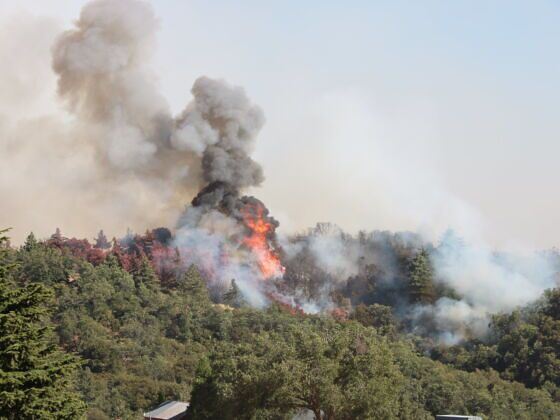

How the Current LA Fires Compare to Other Recent Fires in California
Wildfires are a regular occurrence in California, and have been since well before the arrival of humans. However, our presence in the American West has changed not just how fires start (some of the largest in California were started by humans), but how fires interact with the landscape. Human development in more parts of the state has increased the risk of fires spreading into populated areas, such as LA. And historical fire suppression strategies have left wooded areas more prone to stronger and harder-to-control wildfires.
CAL FIRE is battling multiple wildfires across
Southern California.
Just ten days into 2025, there have been more than
90 wildfires. Here is a summary of the major fires
burning in Southern California, including the#PalisadesFire, #EatonFire and #KennethFireFor the latest fire… pic.twitter.com/SepVL66EMD
— CAL FIRE (@CAL_FIRE) January 10, 2025
So in early January, when the very strong Santa Ana winds entered the landscape around LA, experts knew the chances of a wildfire starting were high. The winds came with gusts of more than 75 miles per hour in parts of LA County, and the National Weather Service issued a red flag warning — the designation it uses for areas where conditions are right for wildfires. “If fire ignition occurs, conditions are favorable for very rapid fire spread and extreme fire behavior,” it wrote, “including long range spotting, which would threaten life and property.”
In California’s recent history, wildfires have closed national parks, destroyed the state’s natural and cultural treasures, killed vulnerable residents, destroyed homes, and caused countless environmental issues ranging from mudslides to wildlife deaths to habitat and species loss. While the total damage of the Los Angeles fires remains to be seen, here’s how they compare to past recent wildfires in California.
The 2025 LA fires (Palisades, Eaton, and Hurst)
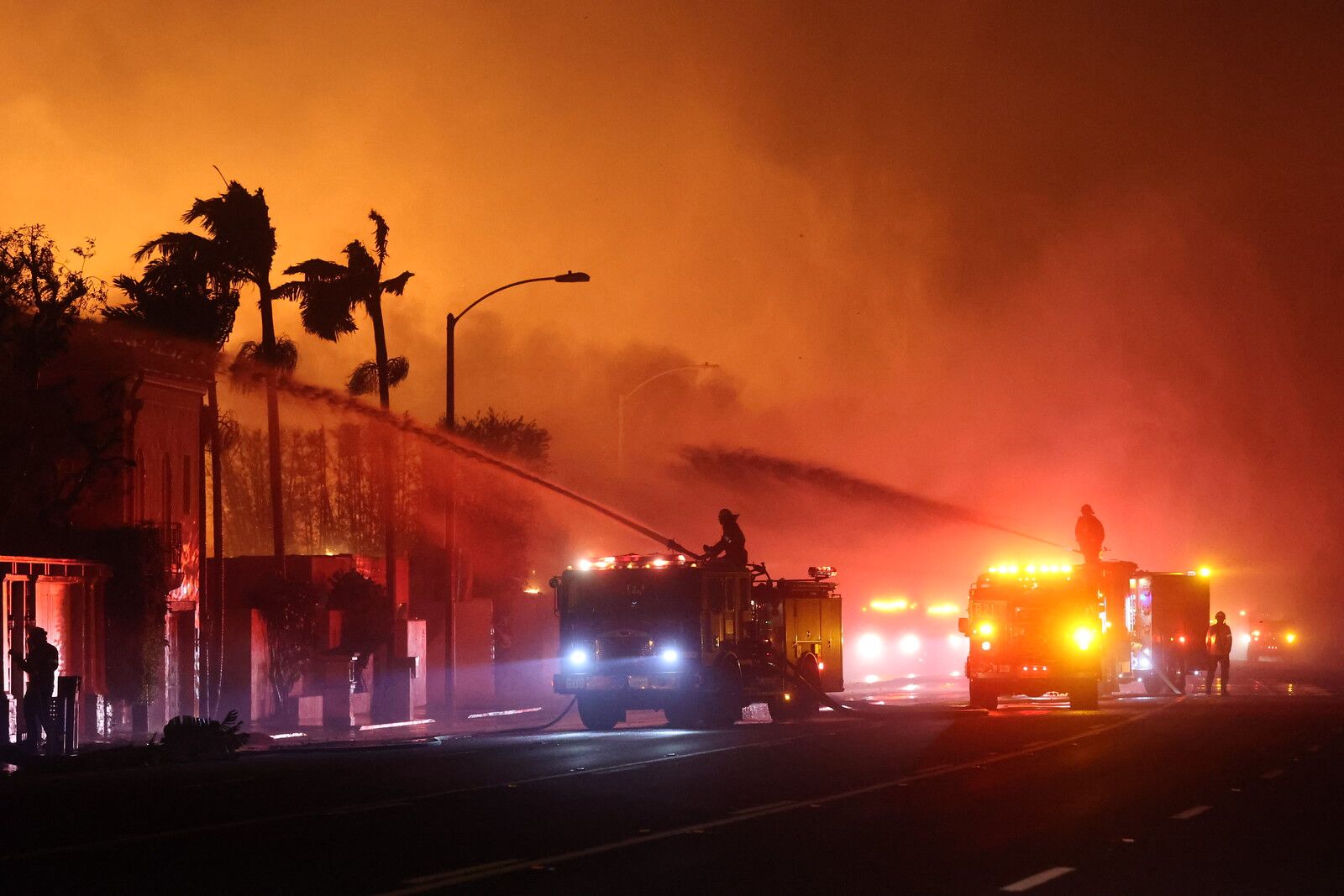
Photo: CalFire
(Note that the LA fires are still burning, meaning these numbers could change in the coming days.)
- Cause: Unknown
- Acreage burned: +/- 34,000 acres
- Number of people evacuated: 180,000
- Structures damaged or destroyed: +/- 10,300 structures
- Lives lost: At least 10
- Cost of damage: +/- $50 billion, as of January 10
The August 2021 Caldor Fire
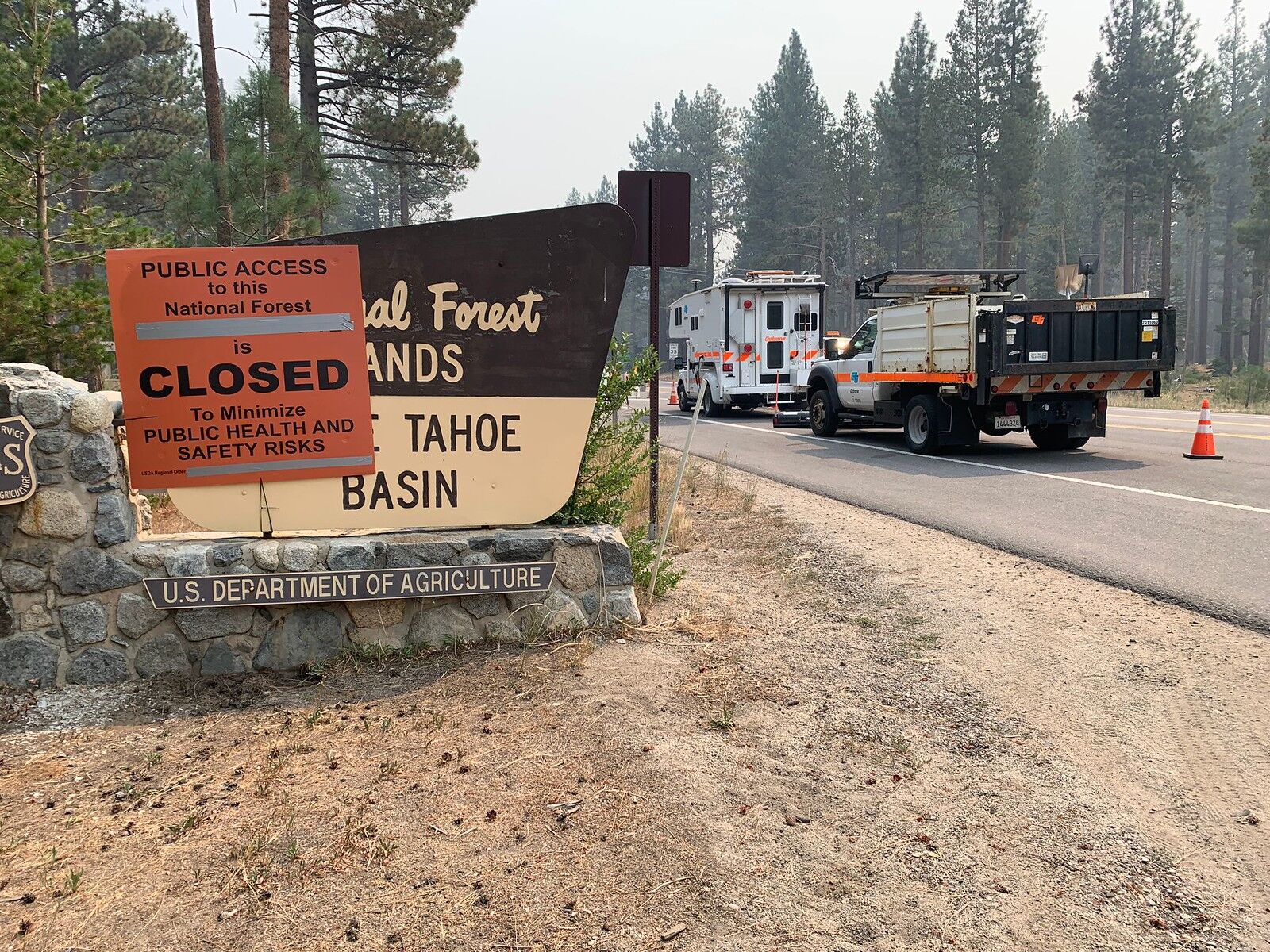
Photo: CalFire
The 2021 Caldor Fire burned near the Sierra Nevada mountains California, causing mass evacuations of the popular resort town of South Lake Tahoe. It raised questions about the ability to execute wide-scale evacuations in mountainous regions with limited road access, and destroyed Sierra-at-Tahoe resort, which famously used its snowmaking cannons to fight the blaze. Sierra-at-Tahoe ski resort reopened in early 2023 after undertaking extensive recovery and restoration efforts, including tree removal, slope stabilization, and rebuilding affected infrastructure. The town of South Lake Tahoe was not damaged, though smaller communities like Phillips were.
Today, visitors continue to flock to SLT and towns surrounding the basin, and area organizations have established major awareness campaigns to make travelers aware of their impacts in an effort to minimize future fires. During the summer, wildfires are banned almost everywhere around Lake Tahoe.
- Cause: Human activity (discharge from illegal firearm)
- Acreage burned: +/- 221,774
- Number of people evacuated: 50,000
- Structures damaged or destroyed: 1,005
- Lives lost: 1
- Cost of damage: $1.2 billion
The July 2024 Park Fire
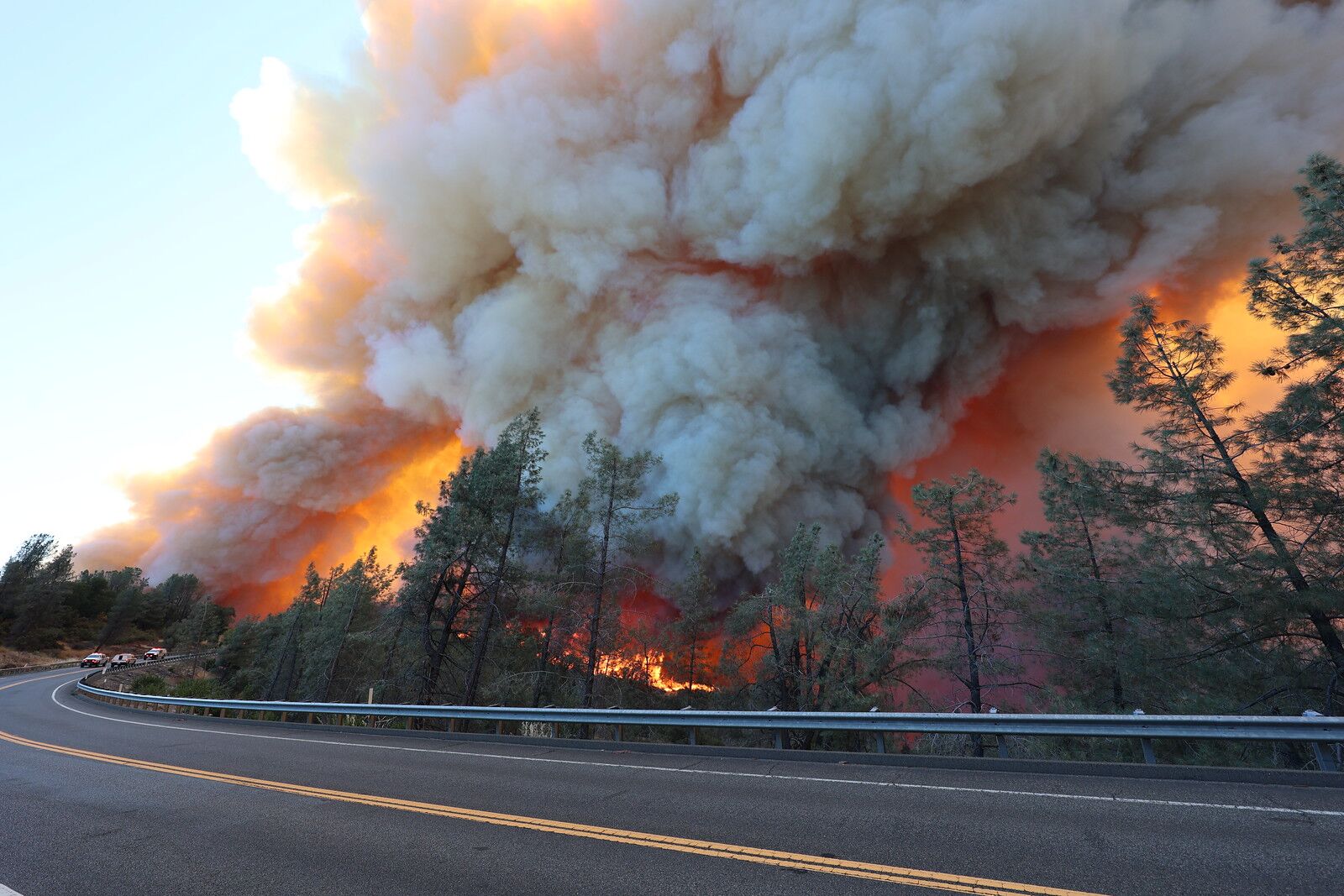
Photo: CalFire
The July 2024 Park Fire ignited in Upper Bidwell Park near Chico, California and spread across Butte and Tehama counties, devastating vast tracts of forest, rural communities, and agricultural lands. Intense heat, coupled with dry conditions and strong winds, fueled the fire’s rapid growth. It’s the largest fire in California history caused by arson, and while a suspect was arrested, the details weren’t made public. The town of Chico wasn’t damaged, and while it’s not a huge tourist draw as far as towns in California go, it is home to a college of close to 20,000 students.
- Cause: Arson (suspect arrested)
- Acreage burned: +/-429,603
- Number of people evacuated: 4,000
- Structures destroyed: 709
- Lives lost: 0
- Cost of damage: $351 million
The July 2021 Dixie Fire
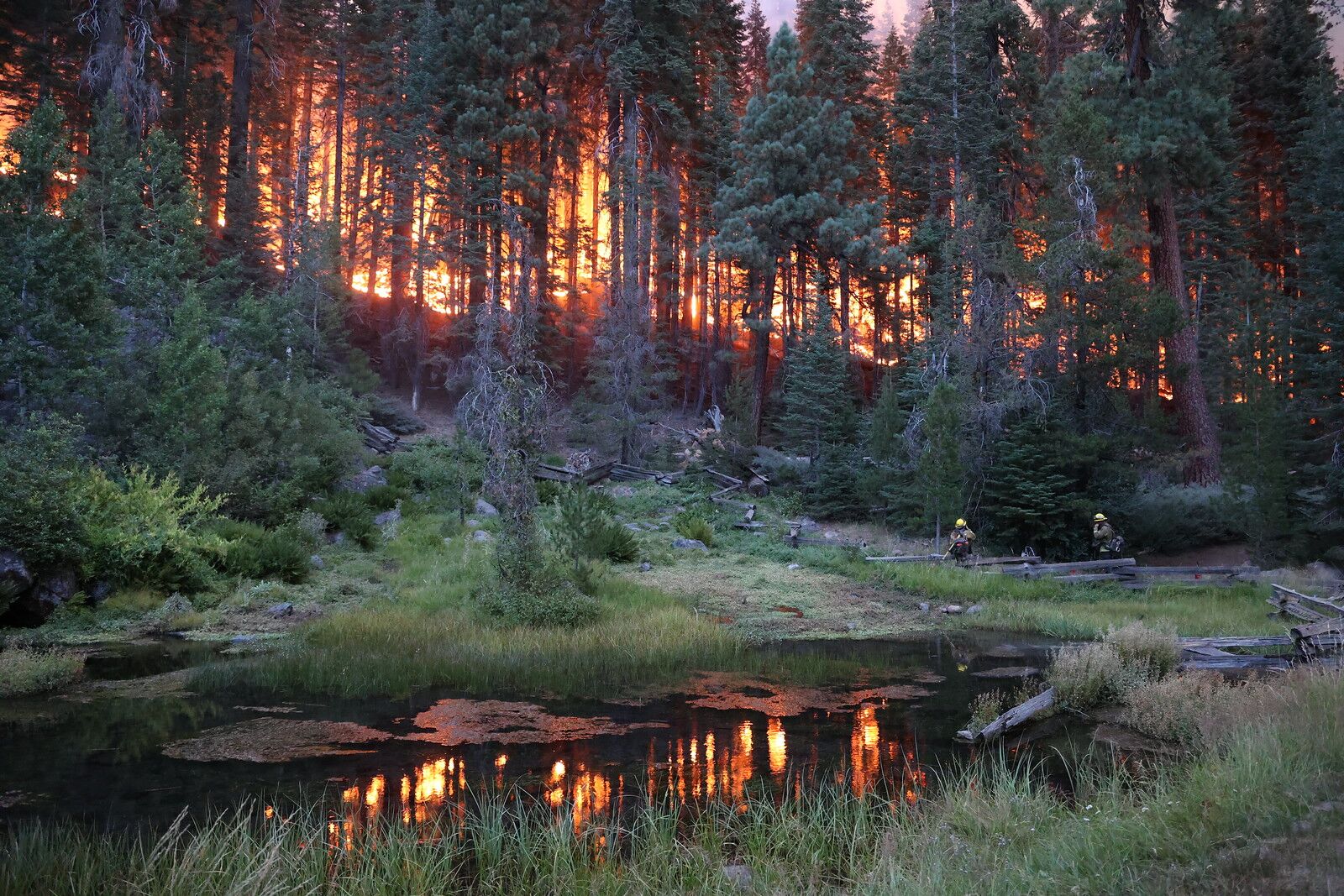
Photo: CalFire
The Dixie Fire, ignited in July 2021, quickly became a catastrophic blaze that reshaped the northern California landscape. It was the first recorded fire to burn across the entire Sierra Nevada mountain range, obliterating the historic town of Greenville, a picturesque mountain community known for its Gold Rush-era charm. Popular tourist areas like Chester and Lake Almanor faced extended evacuations, and much of Lassen Volcanic National Park was destroyed, including historic cabins and nearly 100-year-old fire lookout tower.
The Dixie Fire brought to the public’s attention the risk small historic towns in the Sierra Nevada face from fires. Hiking and biking destinations like Graegle, Downieville, and Sierraville are deep in the Sierra Nevada with limited access and winding mountain roads, putting them at extreme risk from future blazes.
- Cause: Pacific Gas and Electric equipment failure
- Acreage burned: +/- 963,309
- Number of people evacuated: 9,500
- Structures destroyed: 1,329
- Lives lost: 1
- Cost of damage: $1.15 billion
The August 2020 August Complex Fire
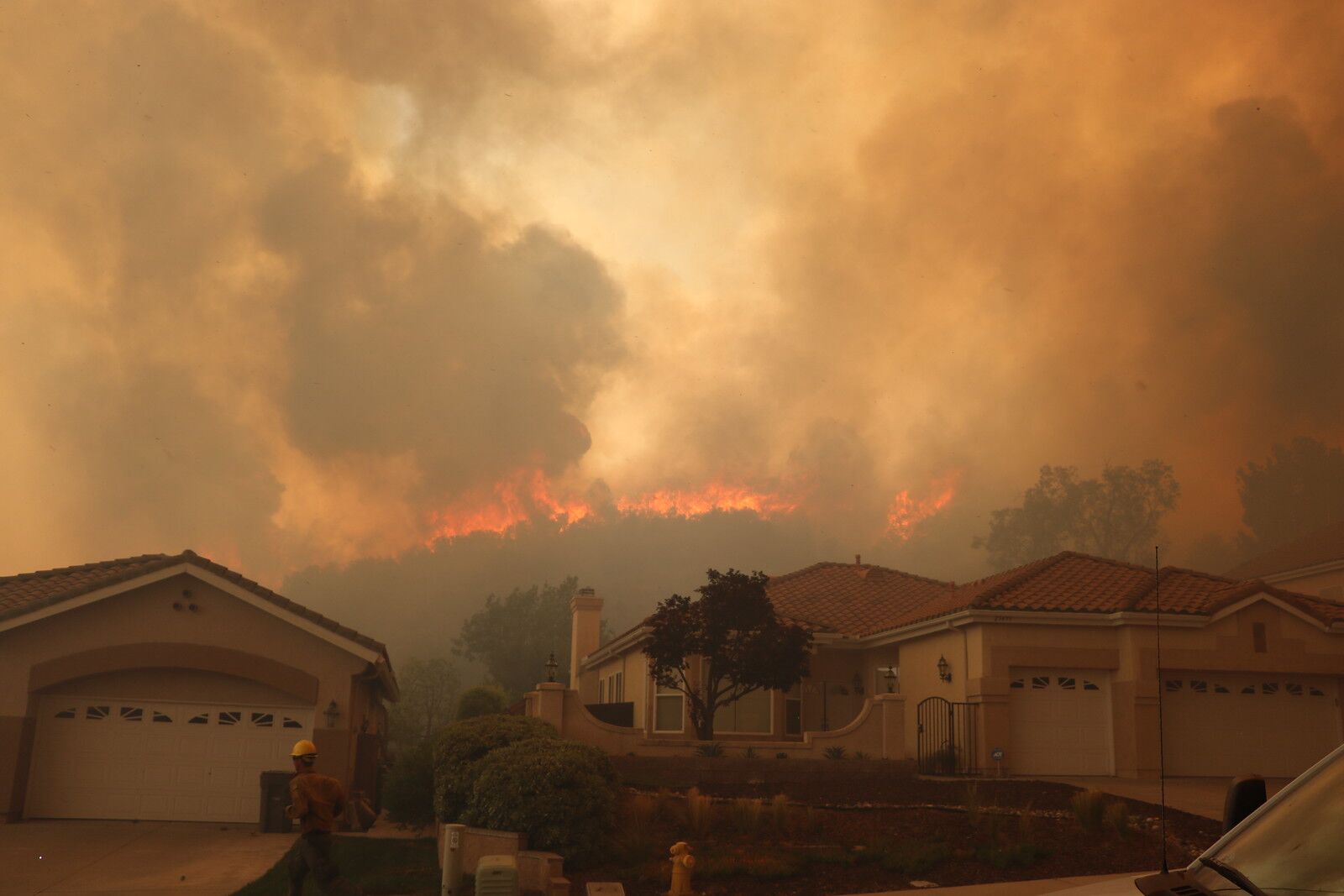
Photo: CalFire
The August Complex Fire of 2020, ignited by lightning strikes on August 16–17, became the largest wildfire in California’s recorded history, burning across Glenn, Lake, Mendocino, Tehama, Trinity, and Shasta counties. It several impacted many of the state’s most popular forests for hiking, camping, and summer vacations, including Mendocino National Forest, in which it burned more than 600,000 acre alone. It also caused significant loss in California’s oldest state park. Four years later, forest clean up efforts are still underway, with some heavily impacted trails and sections of forest still closed.
It burned more than one million acres, or about one percent of the entire state of California.
- Cause: Lightning
- Acreage burned: +/- 1,032,648
- Number of people evacuated: 53,000
- Structures destroyed: 935
- Lives lost: 1
- Cost of damage: $319.8 million
The 2018 Camp Fire
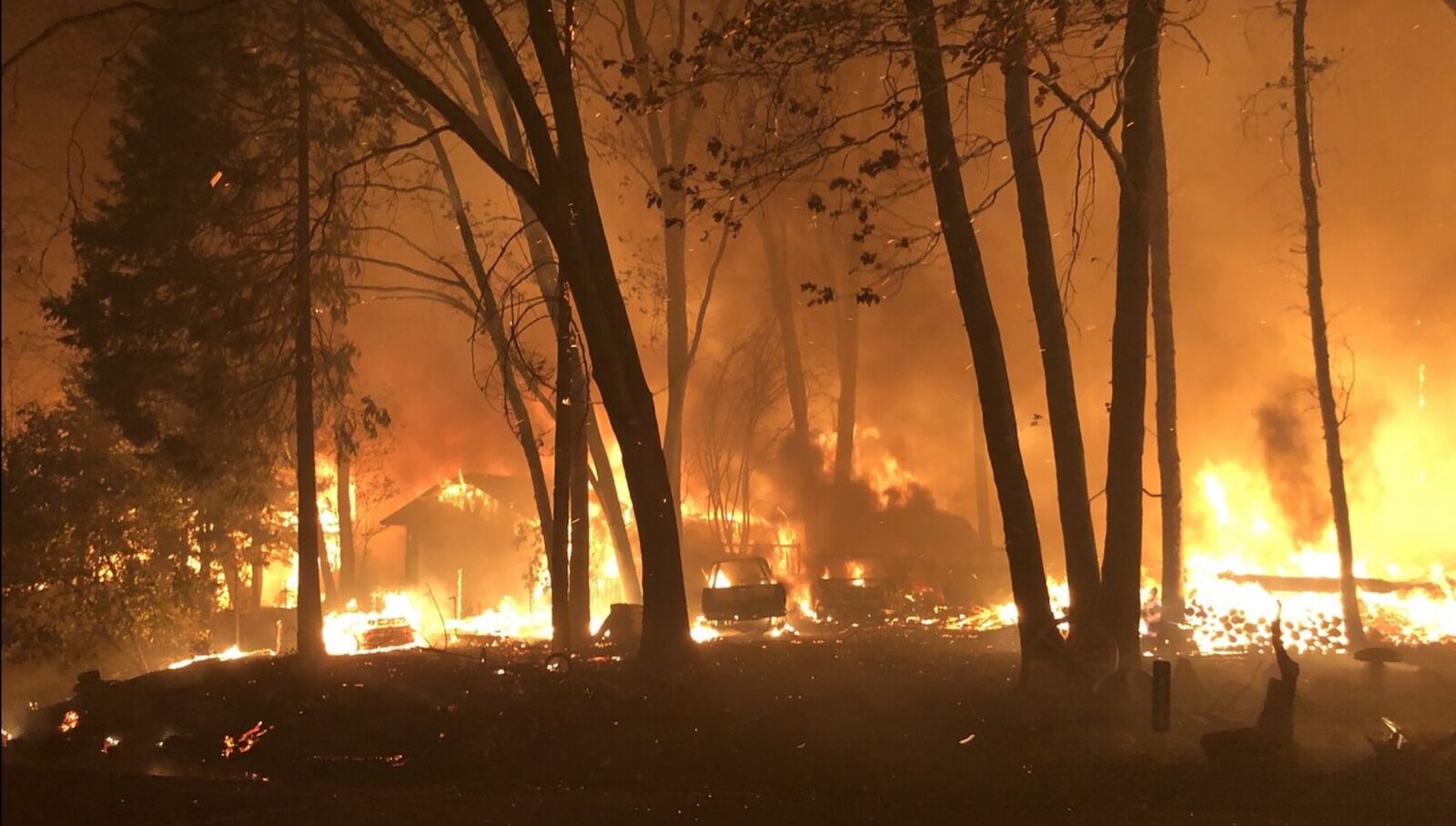
Photo: CalFire
The Camp Fire of 2018 stands as the state’s deadliest and most destructive wildfire in recent history. It made international headlines for horrific images of flames burning through the tiny town of Paradise, which was completely destroyed. It caused the closure of tourist destinations like Lake Oroville State Recreation Area and history museums, and raised questions about fire preparedness for residents in smaller mountain towns. Though it doesn’t rank among the largest fires in terms of acreage burned, it’s certainly one of the most well-known in the state’s history.
- Cause: Pacific Gas & Electric fault equipment (found guilty for manslaughter)
- Acreage burned: +/- 153,336
- Number of people evacuated: 52,000
- Structures destroyed: 18,804
- Lives lost: 84
- Cost of damage: $12.5 billion
The 2020 North Complex Fire
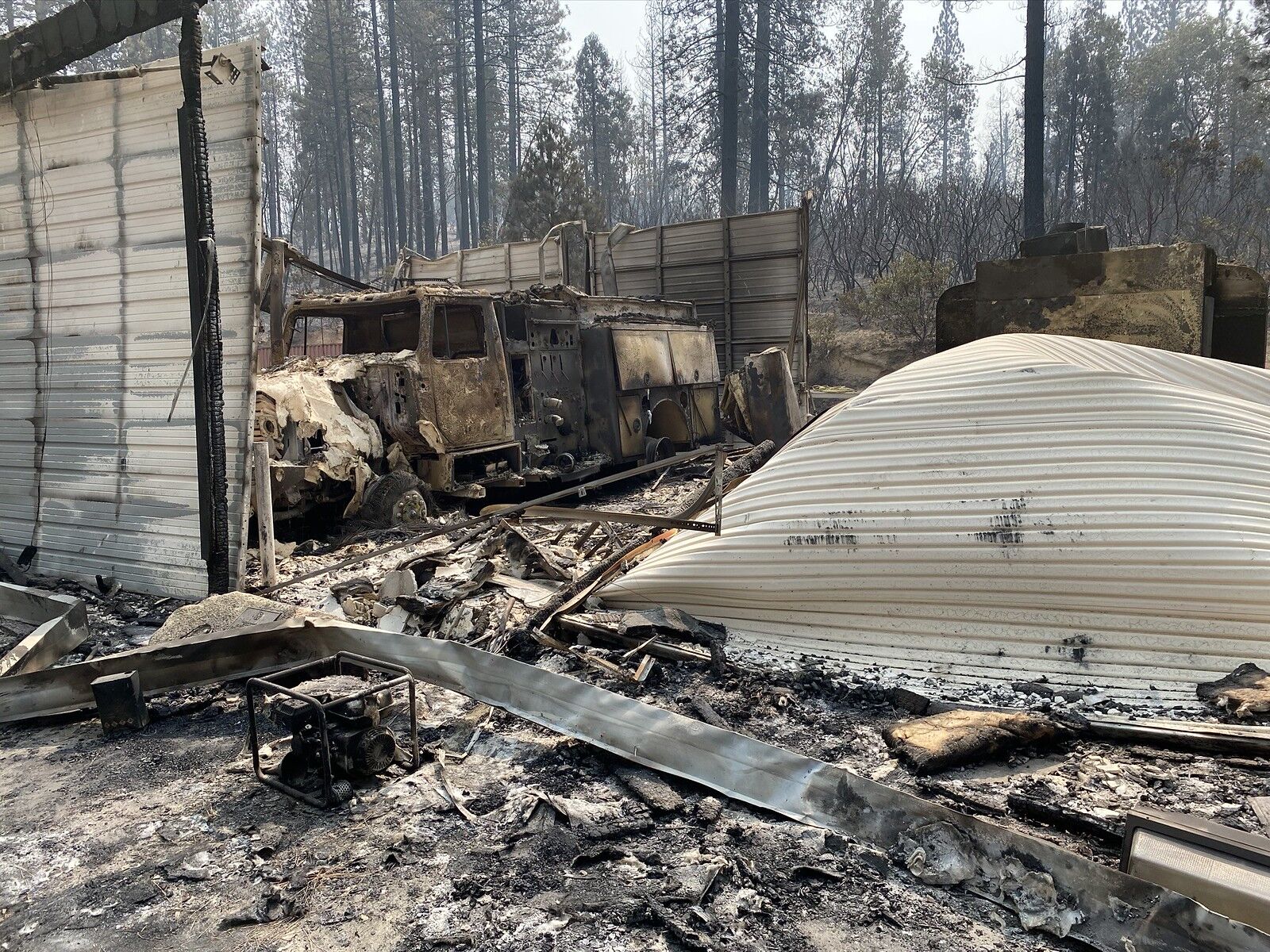
Photo: CalFire
The North Complex Fire started as several small fires and rapidly expanded, eventually merging into one large fire that burned through northern California’s Plumas, Butte, and Yuba counties. The inferno severely impacted popular recreational areas like Plumas National Forest, cherished by outdoor enthusiasts for its extensive hiking trails. The fire also severely damaged Feather River Canyon, a scenic corridor known for its dramatic vistas, and impacted sections of the Pacific Crest Trail. It was one of the deadliest fires in the state’s history, and some popular hiking trails damaged in the fire are still closed to the public.
- Cause: Lightning
- Acreage burned: +/- 318,935
- Number of people evacuated: 20,000
- Structures destroyed: 2,352
- Lives lost: 18
- Cost of damage: $1 billion